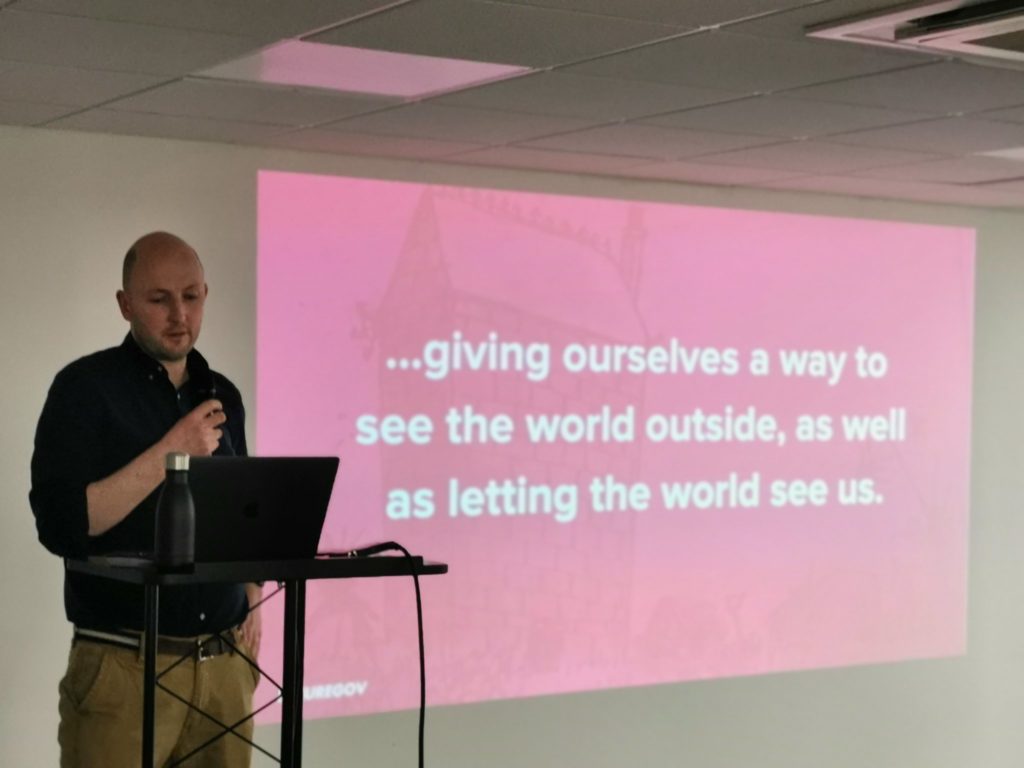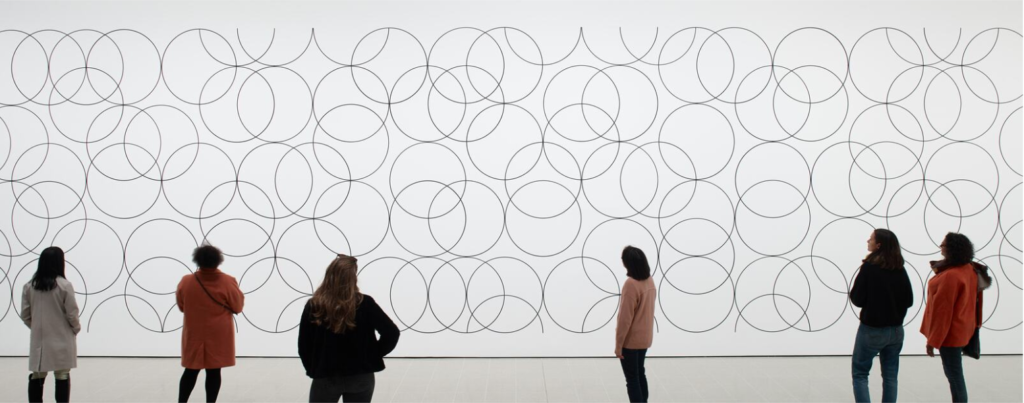Reflections from Services Week 2020
Last week was Services Week – organised by the Government Digital Service as a series of events for UK government, but very much a celebration of work across different design and digital teams in the UK. It was noticeable how many teams and organisations were contributing to, or organising events. There have also been many blog posts shared.
On Monday, I visited Newcastle to speak at the Service Design North event organised by Fay, Colin, and Helen. With a late running train, I missed most of the other talks, but Jude Webb has shared a write up that covers the day here.

Service Design in 2020
My talk seemed to go well and I was made to feel very welcome. I started by making some general observations about service design as we head into 2020 and a new decade. Here are the main points:
Service design is not about Service Designers. This still feels like a very important message that everyone needs to hear. It’s not about hiring a new set of people or skills. It’s actually a way of organising and approaching what your organisation does. It’s how you can deliver more human and ‘joined up’ services that create both improved outcomes and modern public institutions capable of operating in fundamentally new ways, and with new types of capabilities.
Service design is the design of services. This is a more obvious message but still needs saying. It’s not the design of products, or the design of digital technology. It’s a bigger question about how user experience, organisation design, technology, and front line service provision comes together in order for something to happen. It’s being willing to understand and work with the relationships and patterns across the different component parts of a system view. This also means working across and connecting together areas of government like housing, education, and health with more holistic approaches.
Service design is the intersection of how organisations work, and the individual touch points, interactions, outcomes, and experiences people have.
Most services have still never been designed
This is the most important point. All of the above matters because of how most services–entire clinical pathways, end to end user journeys and how things work and ‘join up’ in reality–have never been fully designed.
Service design is a process for starting with an understanding of how a set of things that have different types of relationships work. It’s about working at a scale and level of detail in order to understand what’s important and how the component parts of a system act together. It then gives us a way of working from the opportunities, data and insights this learning creates, in order to design new models for how things might work and connect in more meaningful ways in the future.
Service design as service patterns
I closed by spending some time talking through what it means to work with a design state of mind. I used a set of slides similar to those from my talk last year at Create Leicester.
I’ve been thinking about how to expand on some of my work at FutureGov around design mindsets. One area I’m looking at in particular is how learning to see and work with patterns is a mindset. I often say to designers I work with that “once you start seeing patterns in the world around you it’s much harder to stop seeing them.”
You can understand things with patterns, you can break things down into a process to work through using patterns. You can focus on efficiency, reducing waste, but you can also use them as a way of designing completely new service models, to connect ideas and components in new ways in order to create and sustain new types of value in a system.
Bridget Riley
Working with patterns is a way of designing services. It’s an organising principle for how you can approach and prioritise your work:
You can see things in isolation, or you can see them through how they are connected to other things. Patterns are are all around us if and when you start to look for them.
To make this point I finished the talk by briefly talking about my recent visit to the Southbank Centre to see the Bridget Riley exhibition. There is no better example of being able to recognise, capture and work with patterns than Bridget Riley’s work.

A challenge for 2020. New models of doing
The thing I would like to explore this year is what I’m calling ‘new models of doing’. I think we need a shift in how we focus and use our work as services designers, and as teams and organisations designing and delivering services.
I’ve been impressed by the amount of work shared as part of Services Week. But I think the big challenge is how we now learn collectively to design whole services. This means going far beyond Service Design in its current model of double diamond research, framing and ‘how might we statement’ type methodology. As a group of government designers this also means moving on from the idea of digital services, and quickly understanding that there’s a much bigger opportunity to fundamentally change how our organisations and services work.
This post was updated in March 2025 to update external links. I’ve also made a small change to the language used, describing ‘modern organisations’ instead of ’21st Century organisations’ – this is clearer and more consistent with my more recent writing.
This is my blog where I’ve been writing for 20 years. You can follow all of my posts by subscribing to this RSS feed. You can also find me on Bluesky and LinkedIn.